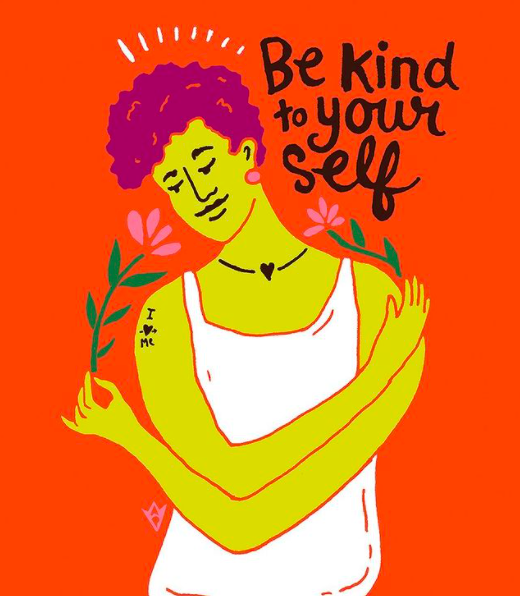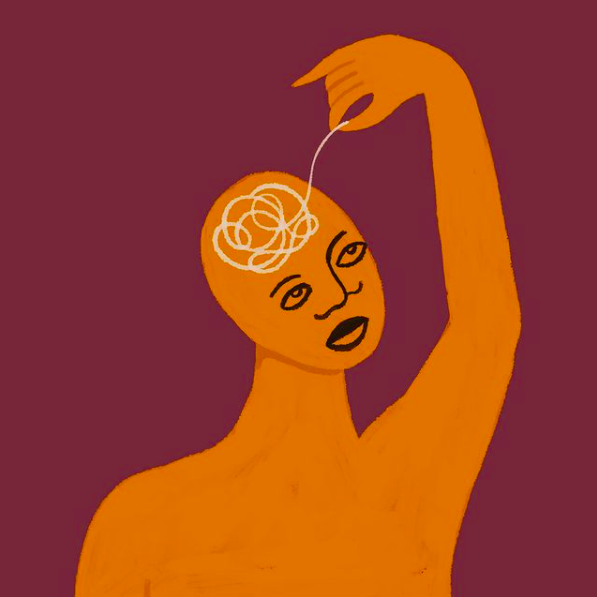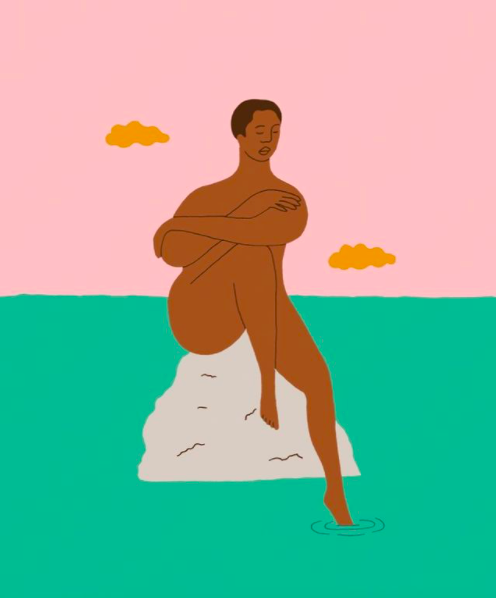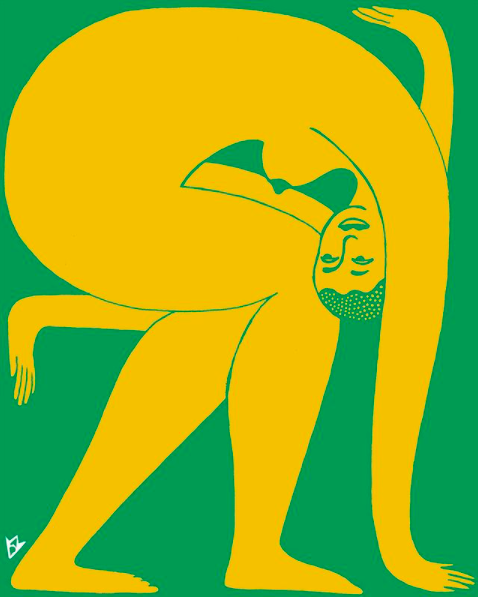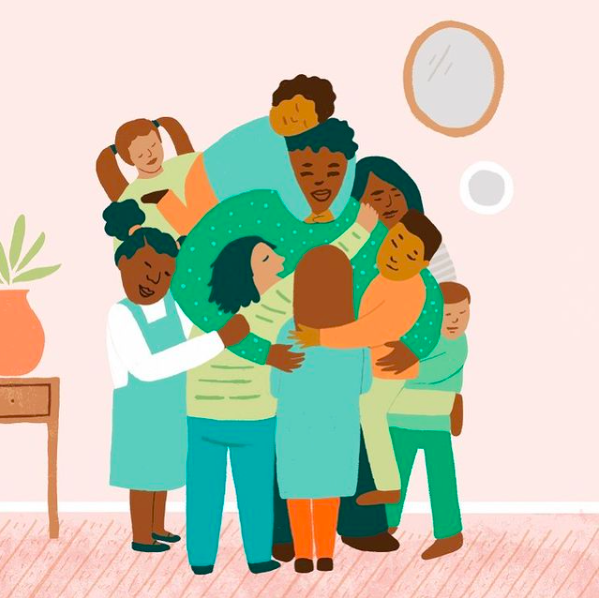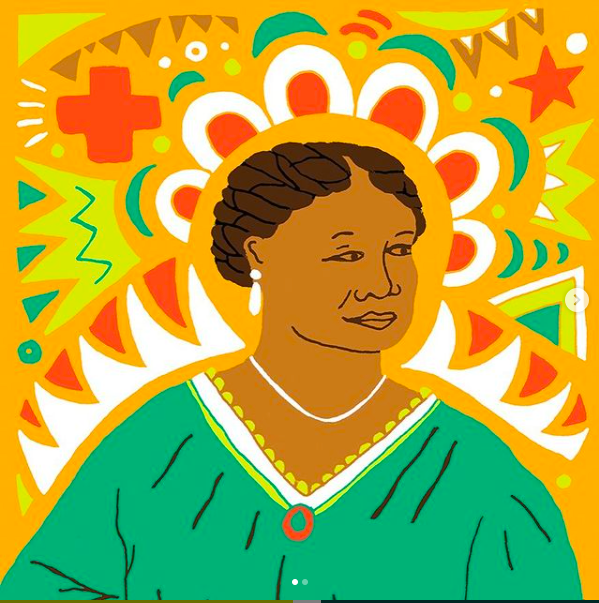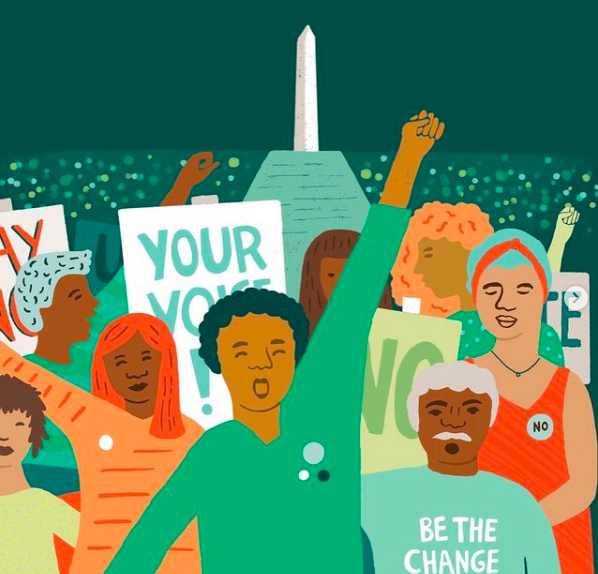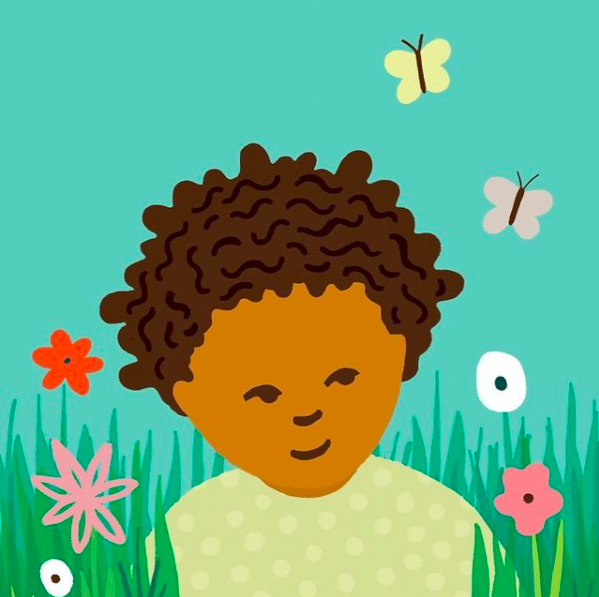The Art of Alignment
Remote Photography by Dave Cooper
Interview by Jennifer Cooper
“My role is to be honest and to stay in alignment as much as possible so I can create work that comes from a place of truth.”
Over the years, I have had the excellent fortune to find myself in the company of some extraordinary people. Andrea Pippins is one of them.
Andrea is an artist, illustrator, author, and educator. You may have seen her illustrations promoting the film All In: The Fight for Democracy. Or maybe you’ve seen her work at the Black Star Film Festival. Or maybe you’ve got her books, Hey, Baby! or Who Will You Be? on your child’s bookshelves.
Andrea has long been an advocate for and nurturer of creative expression. It’s her passion and her mission. She wants others to be able to see themselves in the creative world.
In fact, she’s recently partnered up with Five Below to create a line of products to help young people’s creative light shine.
I spoke with her about the power of journaling (it’s a passion we both share), her life as a U.S. expat living in Sweden, and a piece of advice that’s helped her relax.
One of the reasons I got really excited to chat with you, other than me missing you (!!), was because I remember you telling me you had a journal. And in it, you wrote down what you wanted to happen. Am I remembering this right? Can you tell me a little about it and your practice of journaling?
I miss you, too, Jen. Remember our coffee dates at Lamill at the Four Seasons? I loved that place. Feels like a lifetime ago.
Yes, journaling is my refuge. I use it as a form of meditation and prayer. It’s where I speak to my intuition and God and where I write my questions and answer them all at once.
Journaling has been a practice of mine since I graduated from college. My intention then was to document my journey into adulthood but it slowly evolved into being my space for reflection, a form of therapy, and an exercise in manifesting.
As a single woman, I could spend up to an hour writing, mostly at night before bed—but it could happen anytime during the day (except at work, of course).
Now as a business woman, wife, and mother, I’ve promised myself to journal for at least five minutes a day. Now my entries are so short, and usually me just writing down five things I’m grateful for and maybe a goal or an idea.
*images from the artist’s instagram account
A number of years ago, I saw Octavia Butler’s journals at the Huntington Library in California. It was one of the most transformative and inspirational moments of my life. To see her words that she wanted to become reality? It had a huge impact on me. What do you think it is that makes putting something in writing so powerful?
I read about those journals and seeing her handwritten dreams on paper changed me as well. It reinforced for me how powerful it is to write down what you desire.
Sometime ago I read Creative Visualization by Shakti Gawain and that book...man it really helped me understand the power of manifestation. The book walks you through various visualization exercises, but the ones that involve writing always stood out to me. Gawain also talks about how the “written word has so much power over our minds.” I think it’s powerful because you are capturing a thought with a physical action, writing, and then putting it in a form that you can always come back to.
Speaking of writing, you have a number of books out! I think you’re up to nine now, is that right?
Now ten books, five of which I’ve authored and illustrated, and the others I have illustrated.
“I’m working on a book about joy, which we could all use a bit of right now.”
Any more we can look forward to?
Yes, currently I’m working on three books, two are illustration commissions, and one that is both authored and illustrated by me and it’s about joy, which we could all use a bit of right now.
What do you think is important in your role as an illustrator and author? I guess what I’m asking, is there an intention you set for each book or overall?
My work is a form of service. When I accept a commission or produce personal work my intentions are to celebrate stories that are often overlooked, inspire joy, or empower others to nurture their own creativity.
These are my guidelines and if a project does not align with these guidelines in some way then it is not for me. So I would say my role is to be honest, to stay in alignment as much as possible so I can create work that comes from a place of truth.
Over the years, you’ve fully embraced being an artist. It has been an absolute JOY to watch! Your voice and vision are so strong. Do you feel that truth or do you ever have a moment where you forget? (I hope you don’t, because you are amazing, but I also know we’re all human.)
Oh yes I forget at times, sometimes it happens when I get caught up in the business side of things or when I don’t feel very inspired to create. Or if I get into the comparison game and start questioning my artistic abilities. Yes, even after all these years of creating that question still comes up!
If you do forget, what helps you remember?
What I do to remember is to journal and/or do a quick little drawing or other exercise that allows me to get me back into my creative flow. It’s then that I am reminded that I am an artist and I always get to define what that means for me.
We met when you were living in Baltimore, but now you’re living and raising a family in Sweden. Your mom had a similar experience in that she moved from Brazil to the U.S. and raised you here. Do you ever think about the parallels?
I think about the parallels all the time. They are so deeply rooted, and I believe some of it is connected to some kind of generational karma or something because my maternal grandmother also had a similar experience, except she stayed in the same country. The three of us (my grandmother, mother, and myself) all left our homes for places far away from everything we know.
This experience has allowed me to see my mother with so much more compassion and grace. I admire her strength and courage even more so seeing how challenging it is to not only leave everything you know behind but also doing so while nurturing a family, a whole new life, in a foreign language, culture...everything. It is not for the faint of heart, I tell you. I’ve learned so much about my strength, courage, and sensitivities, and areas where I needed to grow up.
What’s really interesting, is that my husband also had an immigrant parent. It was one of the ways we connected when we first met. We get what it means to have a parent whose home is not the same as our home, and how that impacts your identity.
“This experience has allowed me to see my mother with so much more compassion and grace. I admire her strength and courage even more so seeing how challenging it is to not only leave everything you know behind but also doing so while nurturing a family, a whole new life, in a foreign language, culture...everything.”
Speaking of the U.S…. Things are… I mean, what can I say about things here? You get the news I’m sure. What’s the experience like watching it from afar?
The experience is disheartening and strange, being so far away and yet still so connected to all that is happening.
The thing that really stands out for me now living outside of what’s happening is seeing how polarizing our country is. There is little room for nuance, or for ideas that move along a spectrum, which then leaves very little space for even listening to the other side. I think as a nation we have to ask more questions about why our government and policies, and our media are so all or nothing. It feels as if we are forced to choose between two sides that are dictated to us. To think left or right, black or white. If we want serious change I think that whole way of operating needs to shift. As individuals, as communities, cities, and states, we are multi-faceted and complex, and I think our governing bodies, our media, our systems overall need to reflect that.
You were a teacher for a number of years. What’s a piece of advice you always gave your students?
You know, I can’t really remember what advice I gave to my students. I think sometimes I would tell the senior students to try to take some time off before getting a full-time job after they graduate, if they could—not working is not always an option. But if I were teaching now I’d tell my students to try and find a way to match what they love to create with a form of service, to always find a way to give back.
“When I hear my son speak Swedish it makes me think about my mother hearing me speak English as a child...”
Any advice you’ve been given that you’ve held onto?
Be yourself. It sounds so simple and cliche. But man, I remember someone said this to me just before I had to give a presentation and it really made me relax. I was so busy thinking I had to be a certain way to share the information but instead it was only important for me to share it the best way I knew how. And I did, and it was a success.
And finally, is there a question you’ve always wanted someone to ask you but no one has?
Yes, I’d like to be asked: How has being a child of an immigrant informed your identity and how do you think that will inform how you parent as you have become an immigrant/expat?
I love this question, and it’s one I’ve been asking myself a lot but do not have an answer to quite yet. But when I hear my son speak Swedish it makes me think about my mother hearing me speak English as a child and how I used to correct her English all the time, and how different she seemed from the other parents. Does Isa (my son), and will Maya (my daughter) see me that way, too?
It makes me think about how our cultural identities are so different and despite being mother and daughter, or mother and son, we will never connect to home or culture in the same way. Because I will never know what it means to grow up in Brazil or Sweden. And they will never know or understand what it means to grow up in the U.S. And how does that impact our relationships?
These are questions I’m interested in exploring.
———
Explore more of Andrea’s work on her site, keep up with her on Instagram, or catch a glimpse of her old Baltimore days in this video I produced with our production company South of Brooklyn, back in 2014. She’s still an artist first.
Disclosure: We sometimes use affiliate links for bookshop.org. That means if buy a book through a link we shared in our articles that takes you bookshop.org, we’ll receive a small portion of the sale. By buying through our book shop you’ll support us and local, independent bookstores across the nation.


